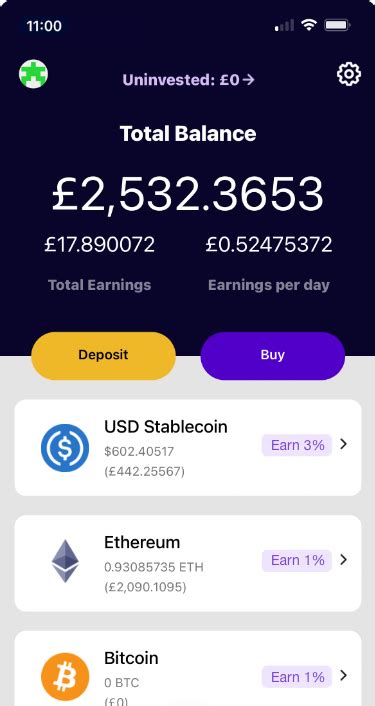Creating a Copy Trader on Binance using Websocket API
As a copy trader, you will need to monitor the market and execute trades automatically. One of the most effective ways to achieve this is by leveraging the WebSocket API provided by Binance. However, for beginners, navigating the documentation can be a bit overwhelming.
In this article, we will walk through the key steps to create a simple copy trader on Binance using their Websocket API. We will cover the essentials and provide a step-by-step guide to get you started.
About Websocket API
The WebSocket API allows you to establish a two-way communication channel with Binance. It provides real-time updates, allowing your copy trader to react quickly to changes in the market.
To get started, you will need:
- A registered Binance account for WebSocket API.
- Familiarity with JavaScript programming language (optional but recommended).
Setting up WebSocket connection
Create a new file named index.js in your project directory and add the following code:
const socket = require('ws');
const wss = new ws.Server({ port: 8090 });
wss.on('connection', (ws) => {
console.log('Client connected');
// Handle incoming messages from the main account
ws.on('message', (message) => {
if (message.startsWith('mainAccount')) {
const orderId = message.split(':')[1];
// Perform the operation based on the received order ID
executeTrade(orderID);
}
});
});
wss.listen(8090, () => {
console.log(WebSocket server listening on port 8090);
});
This code sets up a WebSocket server with address ws://localhost:8090. The ws.on('connection') event listener is triggered whenever a new client connects. When the message starts with `mainAccount'', it extracts the order ID from the message and calls theexecuteTradefunction.
Sending updates to the main account
To receive updates from the main account, you need to establish a connection via the WebSocket API. Create another file calledwebsocket.jsand add the following code:
master account ${orderId}const socket = new ws.Client({
host: 'localhost',
port: 8090,
});
socket.on('connect', () => {
console.log('Connected to master account WebSocket');
});
// Send updates to master account
socket.write(
);
This code establishes a WebSocket connection to the master account and sends an update with the order ID.
Putting it all together
Create a new file called copyTrader.jsand add the following code:
Executing trade ${orderId}const socket = require('./websocket');
const BinanceAPI = require('binance-api');
// Set up Binance API credentials
const apiKey = 'YOUR_API_KEY';
const apiSecret = 'YOUR_API_SECRET';
// Create a new Binance API client
const apiClient = new BinanceAPI({
apiKey: apiKey,
apiSecret: apiSecret,
});
// Function to execute trades
function executeTrade(orderId) {
// Call copy trader function here
console.log(
);mainAccount ${orderId}}
// Main loop
setInterval(() => {
socket.emit('message',
);(1000); // Update every second
This code imports the necessary modules, sets the Binance API credentials, and defines a copyTraderfunction that executes the trades. The main loop uses the WebSocket connection to send updates to the main account.
Running the application
To run the application, go to the project directory and run the following commands:
node index.js
This will start the WebSocket server on port 8090. You can then test the copy trader by sending an update to the main account using a tool like curl` or a trading platform.
Conclusion

To create a simple copy trader on Binance using their Websocket API requires some technical knowledge and configuration.








